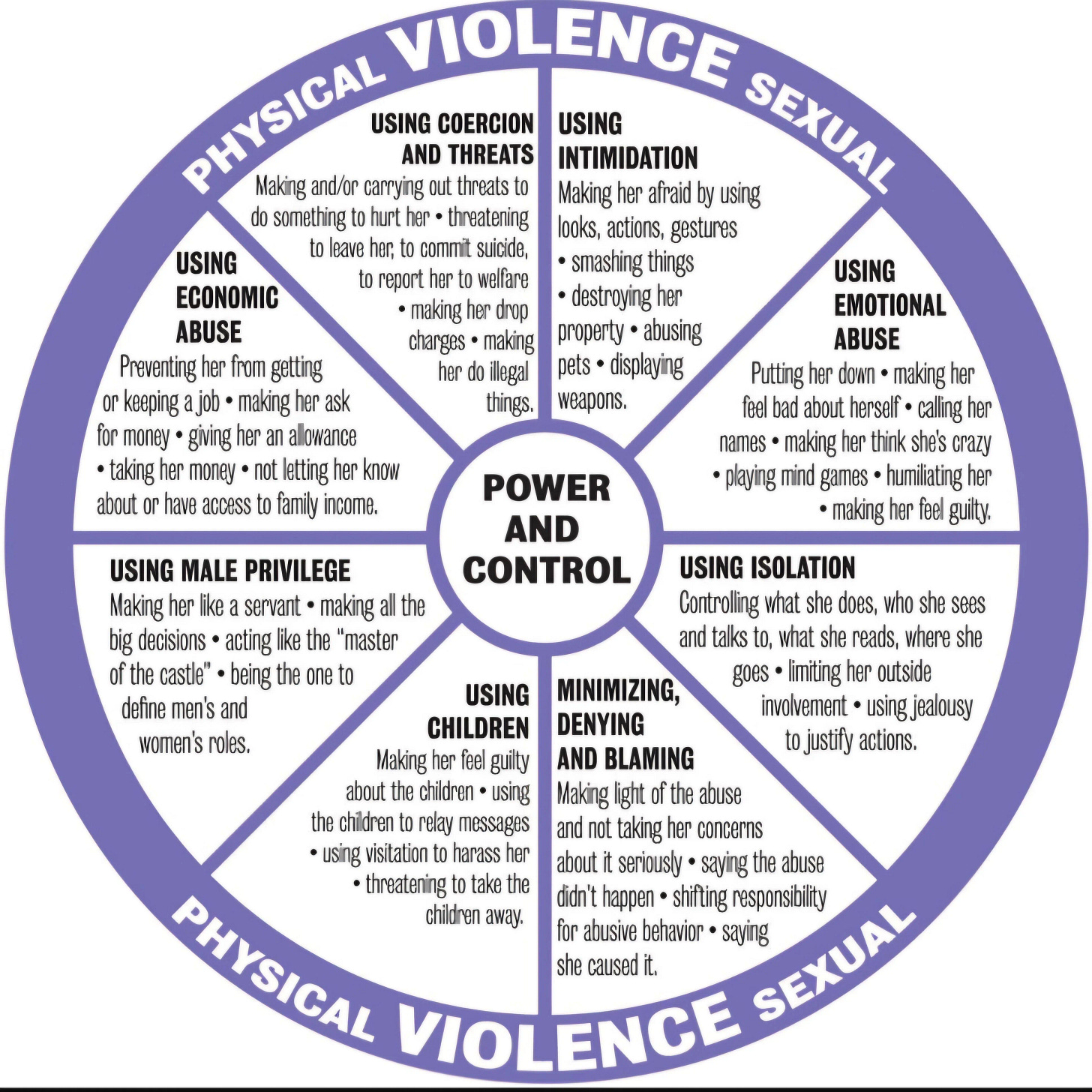Editor’s annotation: June marks the one year anniversary of Protect the Parents. How can I express how grateful I am that you are there with me.
I’m so grateful I’ve been able to work on this. It has given me an outlet to write about issues close to my heart, to learn, to understand, to identify what is working and so much that is not. Together, over time and with continuous effort, we can make a difference. Yes, we can make things better, as humans have always done— through discussion, collaboration, communication. Through clear eyes and a strong arm pointing out problems, investigating, revealing wrongdoing. Through passing new laws. Through speaking out and raising awareness. Let’s keep going.
Today, Friday, June 20th marks the summer solstice. The Earth, this flying rock where we pass our lifetimes, is at its maximum tilt towards the sun. We observe the longest day and shortest night of the year. A symbolic day of hope. That the times of pitch dark murk, of being ensnared in opaque systems, might not be dark for so long; that we might live more of our days in the sun.
To commemorate our one year anniversary, let’s circle back to one of the earliest posts and revisit its message. “Trying to Identify Abuse” was the fifth posting for Protect the Parents, out of a total of, as of today, 80 posts. It was viewed over 3,000 times, brought in 25 new subscribers. Quantitatively, we could call it the publication’s most “successful” post, which can be true and not. I also wonder— how can one tell how much a post helped someone? Where are the metrics for that?
In a post from earlier this month, “When a Child Discloses Abuse: How to Respond + Considerations Around Recordings” there was a poll that posed the claim:
“My child disclosed abuse to me”
Seven of our readers responded. They all replied, “Yes, they have.”
These people, these seven people, have been on my mind since then. Thinking about how they are, how they feel, what that moment was like for them, and praying for their peace, and thinking about— how do you help those people?
Their own disclosure, a small, subtle gesture of a *click* on a screen, and we have shared something generally private and universally painful. It is also helpful to know we are not alone. The day I heard Boy disclose is a day seared always in my memory. The look and feel of the room, how the unraveling began for him, with first talking about his stomach pains. His mother Ruth toggling through a menu of ways to soothe him— crackers, juice, bubbly water, a light snack. He says something that crunches the cavities of your heart— “there’s no medicine that can make me better.”
At first it can sound like the melodrama of a child, their world swinging from dark to light in the flap of a hummingbird’s wings. But later, as he goes on, and articulates experiences, it’s a sour claw clamping your neck. Of what his dad can say or do, and you’d never thought yourself violence or vindictive, but the mind imagines ways to be stealthy.
Let the burn in the gut be a force that drives you through years fighting for justice. That Boy might be healed, and that we shape a society that offers better protections for the precious fragile, the littlest ones of humanity.
Here is the earlier post, from a year ago, on how control and abuse can be subtle, concealed, two-faced. That smoke in the air we don’t quite catch, but with training and tools, we can learn to recognize.
Recently I was having a conversation with someone close to me who I suspect is in an abusive relationship. It has been several years since I began to wonder, and then began to believe, that she is being abused.
The earliest suggestion of this came when I was in my twenties and she in her thirties. We were hanging at her house when her husband came home from work. He passed through the living room where we sat, said a flying hello, and got in the shower. My friend (let’s call her Rosalita), and I continued to catch up.
Shortly after the water ran— bam, bam, bam— he pounded on the shower wall. Rosalita leapt from the couch, grabbed a cold beer from the fridge, and delivered it to him in the shower.
Rosalita laughed, sinking back to her seat, saying that was the sign that he wanted a cold beer. Right. We shook our heads, shrugging at this idea of “what one does for love” and/or the audacity of such brazen bossiness.
We had all known one another several years. In the moment, I interpreted observing this exchange in a positive light. It was a sign we were relaxed and nonjudgmental around each other. The dude didn’t have to put up a veneer of propriety. So what if he wanted a beer? It was hot and he worked outside. In the moment, the exchange did not appear dangerous or destructive (nor coercive or controlling).
One of the slippery things about nailing down abuse is that it is often difficult to diagnose in the moment. Much of abuse is shrouded in subtlety and obscured by the possibility of multiple interpretations, from within and without. The target is partially blind by the fact that she is in the context. Third parties are partially blind by only seeing the tip of the iceberg in terms how the abuser behaves. (And, of course, abusers, by the nature of their ‘work’ in conducting a long-term campaign of dismantlement, develop the skills to leverage subtlety, secrecy and isolation.)
Subtlety is not helpful when you are trying to protect someone or yourself. Subtlety doesn’t give us a clear direction. When people think of “abuse",” few people think of “subtle.” When we think about “being abused” it has connotations of being an extreme, unbearable, violent experience.
If the associations/connotations of “abuse” are extreme, this will blind us to anything that isn’t extreme. The collocation ain’t there. When we see something that looks benign or passable, it is allowed. It will be permitted.
For example, I was recently at a bar with a guy and declined a drink. I experienced something I felt was benign but after more thought, saw it as a red flag.
When I said no to having a drink, his response was, “c’mon, you’re a big girl.” It felt like teasing—even flirtatious— and I laughed.
This comment is not necessarily abusive by itself. It also doesn’t send you running for the hills. (Leave comments below if you feel otherwise.)
But what if we look at it through the lens of the Power + Control Wheel?
The diagram, developed in 1984 by the Domestic Violence Intervention Project, is a general checklist that can help people identify the pattern of abuse. The interior methods are the subtle, continual jabs that happen over time (and in increasing frequency over the years). The exterior methods are the knock out punches, the blowouts. The big swings, those most threatening to survival, are supported by ongoing, low-key draining of the targets’ energy, resources, independence, confidence, etc.
Emotional abuse:
— Putting her down (It’s not a compliment, right? The phrase, because it is used in a sarcastic manner, suggests that the woman might be scared, weak, tiny, fragile— or is behaving in such a way.)
— Making her feel bad about herself (He questions the target’s judgement and discourages the woman from having boundaries of what she won’t do.)
— Calling her names (This suggestion of “not being a big girl” is like a childhood taunt, the way that children call each other insulting names during play. Perhaps by having the comment in ‘childhood language’ it makes this potential early warning sign of abuse all the more discreet.)
Using male privilege:
— Being the one to define men’s and women’s roles (By his comment, it suggests that he knows how ‘big girls’ and ‘little girls’ should behave. He will police such behavior by calling out improper actions.)
Because abuse is a pattern of behavior, rather than single incidents, it’s also onerous to collect examples and draw a line through them. This is another factor that contributes to women getting ensnared by abuse. How many people have the habit to monitor and evaluate people’s behavior? Yet we have to be weary of that treacherous naivety.
Perhaps some readers think this dissection is reading too far into the dude’s comment. Perhaps some readers suggest such interpretations are “too sensitive.” Such push-back, from others or ourselves, is another barrier to identifying abuse. To untie something subtle, we have to analyze. The P+C Wheel can be used as a reference in that work.
Abuse is prevalent. Consider the estimates, with from 1-in-4 to 1-in-3 women experiencing abuse. There is likely a woman (or a man) in your life that is experiencing abuse. Share this resource with a couple people in your life, across the lifespan. The more resources we have in recognizing abuse, the more prepared we are to avoid it.
Take care everyone.







